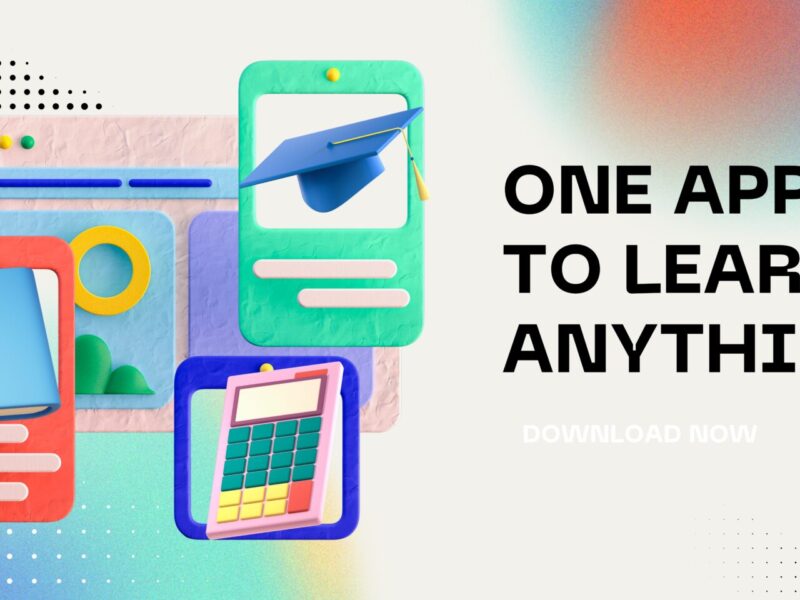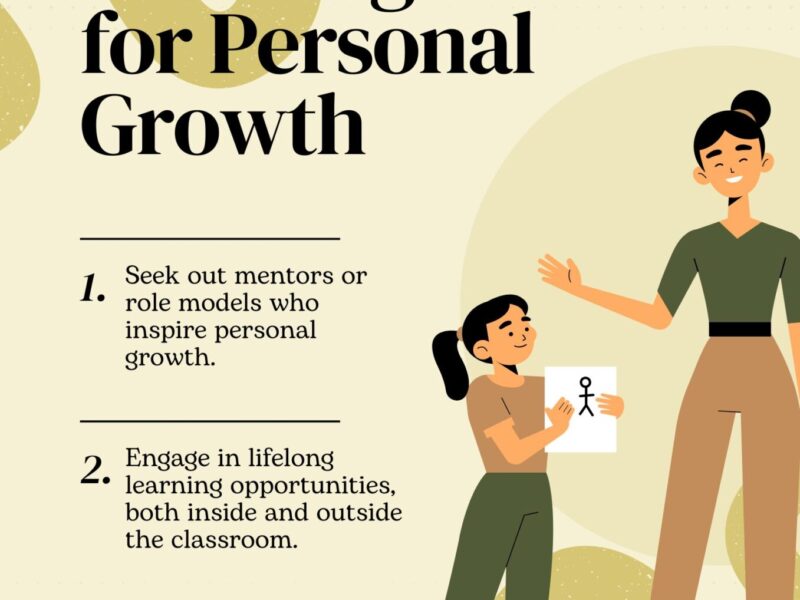The online method of learning that is e-learning is taking a larger percentage of the education sector recently, and this continues to influence how classrooms are going to be.The Future of Education: How Online Learning is Shaping Tomorrow’s Classrooms. Digitalization and the demand for flexible, accessible opportunities were naturally and creatively changing the traditional education systems to influence how people learn worldwide.The Future of Education: How Online Learning is Shaping Tomorrow’s Classrooms. This paper explains how online learning affects the pedagogies, trends to come, challenges involved, and opportunities it has from the learner’s, educator’s, and institutional viewpoints.
The Development of Distance Education
Online learning has been put on a dramatic pedestal over the past decades, from an exotic concept into sales in mainstream education. The basic foundation of online museums, virtual reality, and video-presented lectures relates back to the 1960s, when universities and research institutes initially began experimenting with computer-based instruction. Otherwise, the development of the Internet in the 1990s could have opened the dam valves of distance learning because students can now access study material independently of an instructor.
The COVID-19 pandemic has made a mad dash for online learning across every part of the world; there just had to be lockdowns and social distancing associated with it. Educational institutions have now adapted themselves to remote teaching and learning through an online system, stating the efficiencies and challenges posed by this approach to education.
2. The Current Condition of Online Learning
Online learning, which by now has definitely carved out a firm niche in education, from primary through higher to even professional development, does show signs that there is a healthy and increasing trend. The global reach thus allows the online education that will tap students from all over the world into the high-quality content of their last convenience. The following are some of the most popular online learning modalities:
Synchronous learning refers to a scenario in which both students and instructors are present online at the same time. Examples of such form of learning are live lectures, webinars, and video conferencing classes, where real-time interaction becomes more important.
Asynchronous Learning: Students learn at their own pace and not on a real-time basis, most often with pre-recorded lectures, written materials, and assignments.
Hybrid/Blended Learning: A merging of both synchronous and asynchronous ways of learning with the possibility of having a slightly traditional in-person aspect of the online flexible course.
3. Pathways to Transformation in Online Learning – Key Forces
Online education has seen a rapid ascent, and many changes are being ushered to the future of that form of learning.The Future of Education: How Online Learning is Shaping Tomorrow’s Classrooms. The technological leaps taken recently, and people’s needs as well as preferences towards learning dynamically have influenced that.
Technological Advances:
At the very core of revolutionizing the way societies are changing learning has made technology. With the entry of high-speed internet, portable devices, and the cloud, a new method of learning through the online community has become available, scalable, and feasible. Learning management systems are no longer basic. They offer a wide variety of tools for content creation, assessment, communication, and collaboration.
a. Learner Preferences and Flexibility
Increasingly, students in modern times want flexibility in learning. The traditional 9-to-5 classroom model does not suit the lifestyle of many learners, especially working individuals since the schedule confines them within a limited time. Learning online gives learners an opportunity to learn whenever and wherever they can, thus making it easy for the non-traditional student, including adult learners, employed persons or working professionals, and learners with disabilities. Online education allows one to learn at one’s own pace and schedule time for breaks while reviewing content as and when necessary.
b. Globalization and Access
Geographically, they make learning possible anywhere and everywhere, even to an individual in reality far away from the institutions. It really offers quite a chance of global reach, which stands more markedly for the rural- or underserved geography populated but with very little infrastructure in education. With online learning, learners can attend classes in prestigious institutions without relocation, thus promoting democratization in education and inclusivity.
c. Cost Efficiency
The cost of learning through traditional channels has increased tremendously with tuition fees, purchase of textbooks, and even the cost of traveling; hence, online learning becomes a very enticing alternative. Hence, it is economically viable on both student and institution levels.
4. The Future of Online Learning
Online education is now shaping the future of learning as we move on. There are trends and innovations that would generally impact and form that future in the coming years:
a. Personalized Learning
The future of education is likely going to be marked with a stronger focus on personalizing education to a student. AI-based platforms may track changes in student progress and learning behavior. In knowing this, adjustment to the curriculum and speed should be set depending on the needs of the learner.
b. Virtual and Augmented Reality
This dual technology would literally change the experience of learning for students. It wouldn’t be a straightforward application in the fields of medicine, engineering, and history. Using VR, it will have the possibilities to create completely immersive simulation experiences that provide certain touch points in concept learning that could not be replicated through ordinary means.
c. Microlearning and Modular Education
Microlearning is becoming a prominent phenomenon with declining attention spans and an increasing demand for flexible learning opportunities. Little nuggets of learning enable students to absorb material and consume it on their own timetable.
d. Credentialing and Blockchain
This technology has a very promising potential for the transformation of credentialing processes in the future. The digital badges and certificates obtained from learning via the online platforms of the institutions could be stored in a blockchain, making them tamper-proof and verifiable by employers and academic institutions. Thus, an increase of trust in online degrees and certifications could only enhance their demand in the job market.
e. Collaborative Learning and Social Learning
The value of collaboration would be increasingly seen as online learning. Platforms would borrow from continued integration of more and more social learning features, such as discussion forums, peer review, group projects, and interactive content, to begin forming a community around learners in this time to come, and a necessary social component that would be strong enough to fight against the kind of isolationism that pure online courses create in students.
f. Gamification
Gamification is one of the trends that have recently mushroomed in online learning today.The experience of gamification leads to motivating students, making learning much more rewarding, and increasing completion rates in courses.
5. Challenges Facing Online Learning
There is no doubt that online learning has a lot of benefits, but there are several challenges it has faced up to this point, and much more will come in the future.
a. Digital Divide and Issues of E-Learning
E-learning is presumed to be democratizing education. In fact, the reality remains that there is a significant digital divide. Not every student can afford or use reliable internet, computers, or even obtain digital literacy necessary for proper participation in activities related to online education.
In a new development, scholars start getting the point that everybody cannot access education in this virtual world. In every way it has to democratize the educational even now; it is still a real digital divide.
b. Engagement and Motivation
Strengthening student engagement is probably the toughest challenge that online learning has to come up with. It is easy for an online student to finds himself or herself disconnected from the whole process of learning on the ground, resulting in lethargy and eventually in higher dropout rates. As for students, motivating him with elements of participatory activities like live discussions, peer collaborations, and regular assessments without making learning so boring and monotonous is essential in the online environment.
c. Quality Assurance
Now that the demand for online learning is on the rise, it is important that quality online courses be developed. Among important issues are the components of the courses design, proper training of instructors, as well as fairness and correctness in their assessments. Accreditation bodies are working to establish clear standards on online education; nevertheless, the concern that remains is consistency of quality.
d. Instructor Training and Support
Training and professional development for instructors will be crucial to ensuring that online education meets high standards. This includes understanding how to use online teaching tools effectively, creating engaging content, and managing virtual classrooms.
6. Prospects to Thrive
Online learning holds several prospects-potentials for students, but then also for teachers and institutions. The world is more integrated and more interconnected, and as technology advances, it appears certain that online learning will continue to impact education at future ages.
a. Continuous Education
On the other hand, lifelong learning implies in the future education that people will be following up developing new skills and know-how all their lives. Online learning will provide the flexibility and access which is required to establish this pattern- the possibility for a professional to upskill or even reskill while at work.
It offers an excellent opportunity – online education opportunity for global collaboration.
b. Corporate Training and Professional Development
Several companies have incorporated employee training online and professional development, using it to their advantage in the face of rapid-on-the-hoof technology change, with demands for increasingly continuous upskilling. Organizations make use of online plateforms to render more cost-effective and scalable training mechanisms compared with earlier methods.
Conclusion
Online learning will continue to occupy a key position in the classroom of tomorrow as it faces evils. There is much promise to online learning-in areas such as flexibility, improved accessibility, personalization of learning, and international reach-that it would be grossly foolish to keep such a technological advancement idle. Then alone can we realize an education system that caters to everybody in every part of this world.

